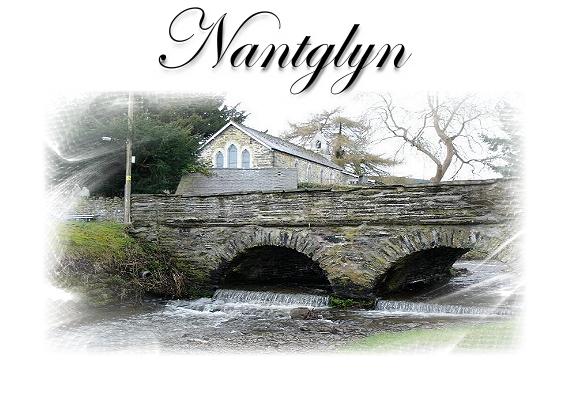

Segrwyd Mill (Felin Segrwyd) is a watermill, situated on the river Ystrad near Nantglyn, North Wales (SJ017638), that ground corn for the local farmers from early times until 1959. The present building probably dates from the eighteenth century but a mill may have existed on the same site since medieval times. A watermill on the river Ystrad was mentioned in 1572 when Robert Dudley (Earl of Leicester) granted Hugh Rosindale a licence to build a mill near Segroit (Segrwyd) Park, although this may not have been the same mill. Segrwyd Mill has been in the hands of the Lloyd family for many years, certainly since the early 1800’s, when it was run by John Lloyd (1799 - ?). He was succeeded in turn by his son John Lloyd (1836-1906), by Oliver Lloyd (1875-1958), and by John Oliver Lloyd (1906-1999). The mill is presently disused but is cared for by the next generation of Lloyds (John Keith Lloyd) and still contains much of the original machinery. The cast iron water wheel that powered the mill still exists but has fallen into disrepair. The mill site consists of a three storey mill building, a two storey mill house (attached to the mill), a mill pond, a kiln for drying grain and two pig sties. The river driving the water wheel originated on the Denbigh moors and was partly diverted to form a mill race controlled by a weir and sluice gate (see map). The mill race was about 3/4 mile in length and terminated in a mill pond of about 100x20 ft (3 ft in depth). They are now both partly filled in and overgrown.
Local farmers brought their grain (oats, barley, and wheat) to the mill to be ground and the flour was returned to them for animal fodder. The corn sacks were weighed as they entered the mill on the ground floor and an equal weight of flour was returned to the farmers after the corn had been ground. Wheat flour for bread-making and oatmeal was also produced by the mill but this business fell off over time. The miller charged a fixed fee per hundred weight of corn ground or often accepted about 10% of the corn as the price for grinding it (a custom known as “multure”). The miller used the bartered corn to feed animals on his adjacent small- holding, thus supplementing his income.
